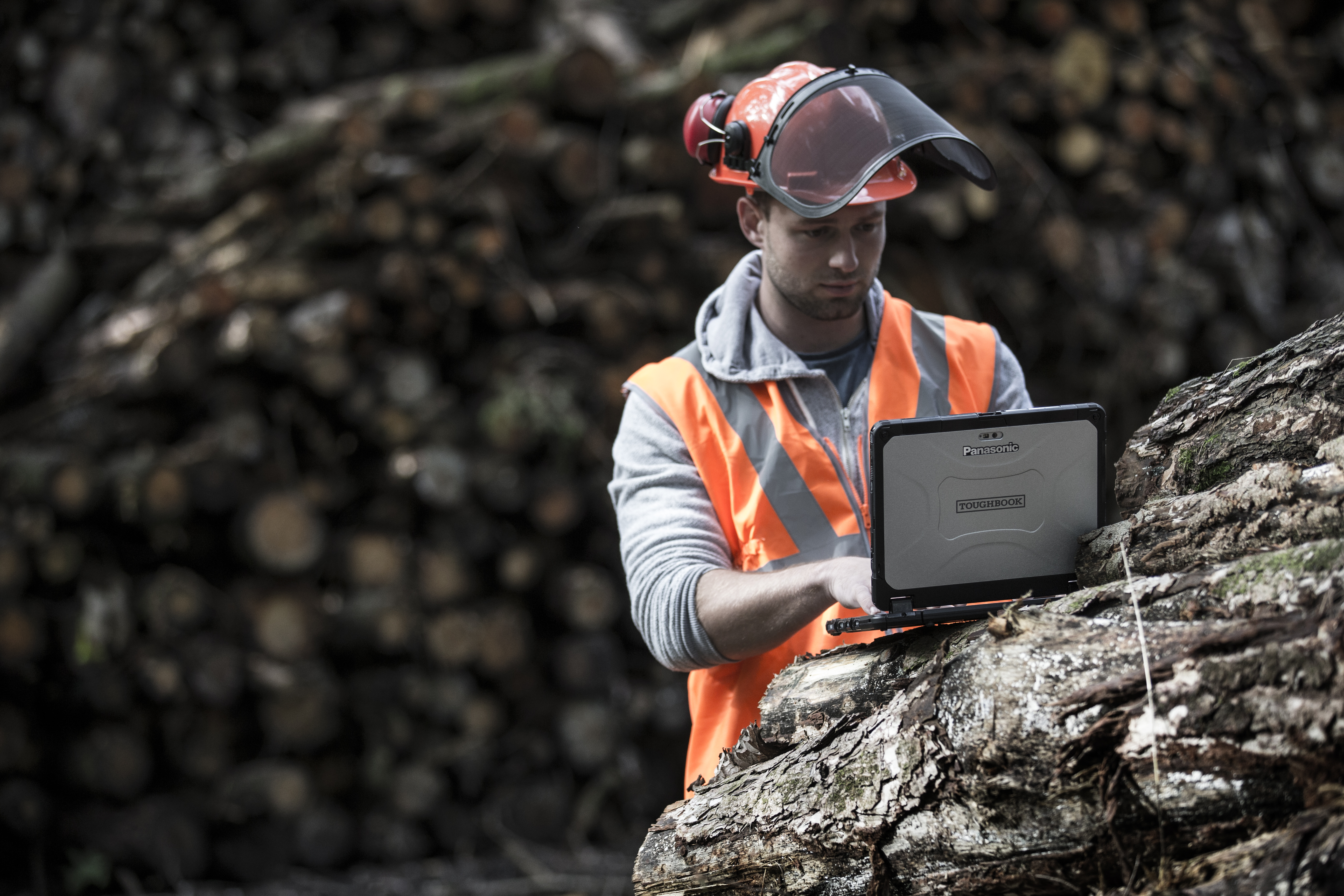
In most commercial and public safety environments, laptops and tablets need to be rugged—withstanding drops, vibrations, extreme temperatures, high altitudes, water, and dust. But how durable are these devices, really? Have they earned the right to be called “rugged”?
Back in the 1960s, the Department of Defense developed a series of tests, called MIL-STD-810G specifications, to validate the level of ruggedness in a piece of technology. The tests have been revised over the years to reflect the ever-changing needs of the military, and today the specs have become a common benchmark in the industry. But laptop and tablet manufacturers are not required to meet those benchmark specifications. In fact, there is nobody that regulates the growing number of claims made by manufacturers that their products are “rugged.”
So if you’re in the market for new devices (or want to validate the durability of laptops and tablets you already have) how do you know a claim of “rugged” is rugged enough? The answer is simple: insist on working with a manufacturer that uses third-party validations from a reputable facility that conducts the following nine tests. As a buyer, the devices you choose may not need to pass each of these tests, but it is important to ask for and verify the results of tests that best reflect the environments where your devices will be deployed.
 The Transit Drop Test: A device is dropped from various heights at 25 different angles onto 2-inch thick plywood over steel plate on concrete. The height at which the unit will still turn on and operate is the rated drop specification.
The Transit Drop Test: A device is dropped from various heights at 25 different angles onto 2-inch thick plywood over steel plate on concrete. The height at which the unit will still turn on and operate is the rated drop specification.
 The Blowing Rain Test: To simulate using a device in inclement weather or on a job site around water, the device is blasted with 5.8-inch-per-hour rain and 70 mph winds for 30 minutes while operational.
The Blowing Rain Test: To simulate using a device in inclement weather or on a job site around water, the device is blasted with 5.8-inch-per-hour rain and 70 mph winds for 30 minutes while operational.
 The Vibration Test: This test simulates the vibrations typically experienced in an off-road vehicle or mounted in patrol cars, fire engines, ambulances or helicopters.
The Vibration Test: This test simulates the vibrations typically experienced in an off-road vehicle or mounted in patrol cars, fire engines, ambulances or helicopters.
 The Sand and Dust Resistance Test: In this test, dust then sand is blown at a device over several hours in an environment of 140°F while operational. The test simulates situations like desert sandstorms or environments where unsealed devices can have internal components exposed and damaged due to contaminants.
The Sand and Dust Resistance Test: In this test, dust then sand is blown at a device over several hours in an environment of 140°F while operational. The test simulates situations like desert sandstorms or environments where unsealed devices can have internal components exposed and damaged due to contaminants.
 The Altitude Test: High altitudes can pose a challenge for standard hard drives, where the needle floats on a cushion of air above the platter. This test measures device performance in an altitude chamber simulating 15,000 feet above sea level, while operational.
The Altitude Test: High altitudes can pose a challenge for standard hard drives, where the needle floats on a cushion of air above the platter. This test measures device performance in an altitude chamber simulating 15,000 feet above sea level, while operational.
 The High-Temperature Test: This is an operational test of the device performed at 140°F for 30 minutes, simulating a situation where a device might be left in a vehicle on a sunny day or in a hot factory environment.
The High-Temperature Test: This is an operational test of the device performed at 140°F for 30 minutes, simulating a situation where a device might be left in a vehicle on a sunny day or in a hot factory environment.
 The Low-Temperature Test: In this test, a device is placed in a -20°F environment for 30 minutes and powered on in the extreme cold. If successful, this test means a device is able to boot in extreme temperatures without damaging the hard drive.
The Low-Temperature Test: In this test, a device is placed in a -20°F environment for 30 minutes and powered on in the extreme cold. If successful, this test means a device is able to boot in extreme temperatures without damaging the hard drive.
 The Temperature Shock Test: In this test, a device goes through three cycles of testing where it is placed in an environment of 200°F then -60°F to test reliability when moving between temperature extremes.
The Temperature Shock Test: In this test, a device goes through three cycles of testing where it is placed in an environment of 200°F then -60°F to test reliability when moving between temperature extremes.
 The Humidity Test: This test simulates how a device might work outdoors in a tropical environment or in many plant locations. In this test, a device is tested in temperature cycles of 86°F to 140°F at 95% relative humidity.
The Humidity Test: This test simulates how a device might work outdoors in a tropical environment or in many plant locations. In this test, a device is tested in temperature cycles of 86°F to 140°F at 95% relative humidity.
Learn more about the tests in a paper developed by Panasonic, Not All Rugged Is Created Equal, which also illustrates many of the features that make the company’s Toughbooks tough.
Learn more about Panasonic’s Toughbooks, a product line that has an average failure rate of 2.2%. A 2014 study of laptop failure rates by PC Magazine showed 13% of business laptops fail on average.
